DG-31 HEAVY BLASTER PISTOL
- Maximilian Lock

- Oct 3
- 4 min read
RATIONALE
The DG-31 was conceived as a Star Wars-inspired heavy blaster pistol with a revolver-style silhouette, evoking the gunslinger archetype seen in characters like Cad Bane. The design merged elements from three key references:
DG-29 – Influenced the side-loading mechanism for tactical, ambidextrous reloading and overall blaster structure.
Carth’s Blaster – Inspired the vented barrel for heat dissipation and rapid fire.
Browning .22 Silhouette Pistol – Informed the materials and proportions (dark metals and polished wood).
RESULT
The final 3D model was developed using Fusion 360, Maya, and Substance Painter. The piece features:
A sleek revolver profile with sci-fi blaster mechanics
A mix of worn metal and polished wood for a grounded, Star Wars-authentic look
Improved render quality, lighting setup, and texture work compared to previous projects

Overview
The DG-31 Heavy Blaster Pistol is a conceptual 3D weapon design inspired by the Star Wars universe and developed as part of a personal project to expand my hard-surface modeling portfolio. Deeply rooted in the visual and narrative language of Star Wars, this blaster was conceived with strong character associations, production-level realism, and functional storytelling in mind. The project served as a deep dive into weapon design pipelines, materials rendering, and stylistic worldbuilding aligned with professional expectations in both the gaming and entertainment industries.
Overview
From its inception, the DG-31 was designed as a revolver-style heavy blaster a handgun fit for an iconic bounty hunter of the Outer Rim. Cad Bane, his gunslinger style and measured cool, were a significant inspiration. Aside from the fact that the revolver silhouette calls up that classic gunslinger cool, it also works within the Star Wars universe's gritty, grimy, industrial future.
Rather than starting with a wide range of silhouettes, I built a robust reference board using Pinterest, then refined my selections to three core weapons that embodied characteristics I wanted to explore:
DG-29 Heavy Blaster Pistol: The side-loading chamber became a defining mechanical detail. This informed a more tactical reload experience, one suited for mercenaries and bounty hunters needing quick, versatile functionality. The naming convention also evolved from this reference, while the DG-29 feels like a prototype, the DG-31 represents a refined, second-generation iteration.
Carth’s Blaster: The vented barrel offered an in-universe justification for rapid energy discharge and heat dissipation, perfect for a high-powered sidearm. I deliberately chose not to use the optical sight element from the original, as it risked overlapping too closely with Sergey Kolesnik’s design language.
Browning Semi-Automatic .22 Silhouette Pistol: This influenced both the proportions and material palette, particularly the combination of sleek, brushed metal and polished dark wood grips. The tactile contrast of these materials helped ground the weapon in Star Wars’ signature “used future” aesthetic.
Modelling & Workflow
I began with a rough Photoshop concept sketch and dived directly into 3D blocking in Fusion 360, my initial experience with CAD-style workflows for art. Once the blockout was complete, I exported the model into Maya for optimisation and topology cleanup. The decision to incorporate CAD tools reflects a growing interest in hybrid workflows. I’ve recently acquired Plasticity, a new CAD-based tool focused on artistic modeling, and plan to utilise the program in future hard-surface work.
Rendering & Materials
The DG-31 was textured in Substance Painter with a focus on realism blended with a stylised Star Wars aesthetic. Materials were then tested in Battlefield's engine for contextual realism. Some of the main points learned in the material phase are:
Metal & Wood: The dark metal performs well under dynamic lighting, but the wood grain roughness was too severe in some areas. This will be tuned in future models for greater material realism.
Wear & Tear: While I employed base wear masks, I now believe that more nuanced, hand-painted weathering could have elevated the realism and narrative clarity, especially for a bounty hunter's sidearm.
Lighting: The scene used a three-light setup, with temperature contrast (cool/warm) to highlight different material responses. While the highlights helped showcase surface fidelity, the warm key light’s intensity may have been excessive, and future projects would benefit from an HDRI-integrated setup to support global illumination.
Animation & Presentation
Though the weapon is not yet rigged for animation, I am learning animation workflows in Blender to allow for future cinematic presentations and gameplay-ready assets. Dynamic reloads, idle poses, and inspection animations would really bring portfolio visibility and viewer engagement to the next level.
The final renders showed significant improvement over previous projects, though minor shadow distortions were present in the video render, likely due to insufficient anti-aliasing or incorrect shadow bias settings.
In future iterations, I intend to place weapons within static or animated environments to better convey narrative and use-case context. Storytelling through setting remains a goal in both presentation and design philosophy.
Reflection & Next Steps
This project is an important step forward in the maturity of my design process from the conceptual level to final draft. The DG-31 is more than a 3D model; it's a narrative vehicle, derived from an iconic franchise and crafted with professional maturity.
Area for improvement:
Greater material fidelity, especially with custom wear and conservative texturing.
CAD workflow design to further improve model cleanliness and accuracy.
Animation integration to better synchronise portfolio pieces.
More environmental and lighting intention to further narrative.
Final Thoughts
I consider the DG-31 Heavy Blaster Pistol a success at the personal and professional levels. It is a product of my passion for the Star Wars universe, my commitment to design craft, and my ongoing pursuit of industry-level execution. There is something very satisfying about making things that feel at home in a galaxy far, far away.
Star Wars has shaped my creative outlook for as long as I can remember, and working within its visual language fuels my passion for hard-surface design. I look forward to continuing this journey with more weapons, droids, and vehicles inspired by its world.
Thank you for reviewing this project.
May the Force be with you.
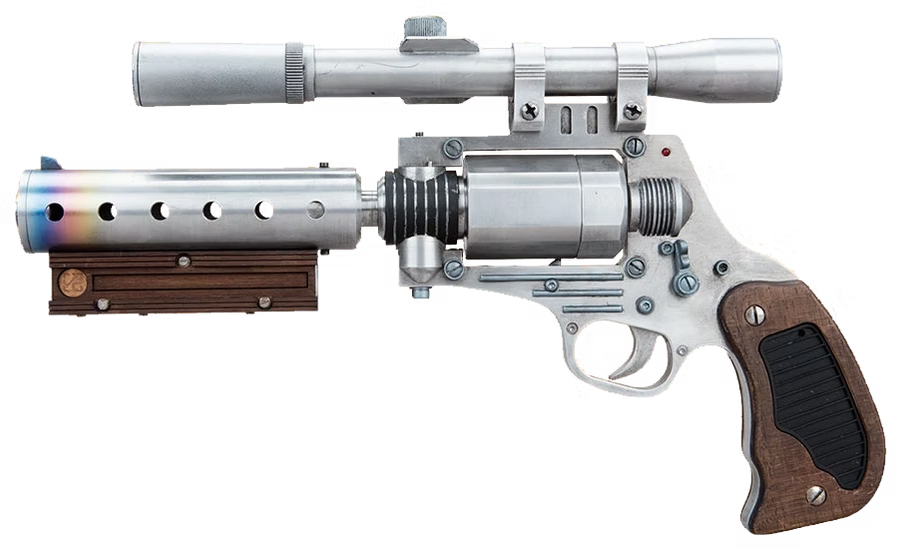
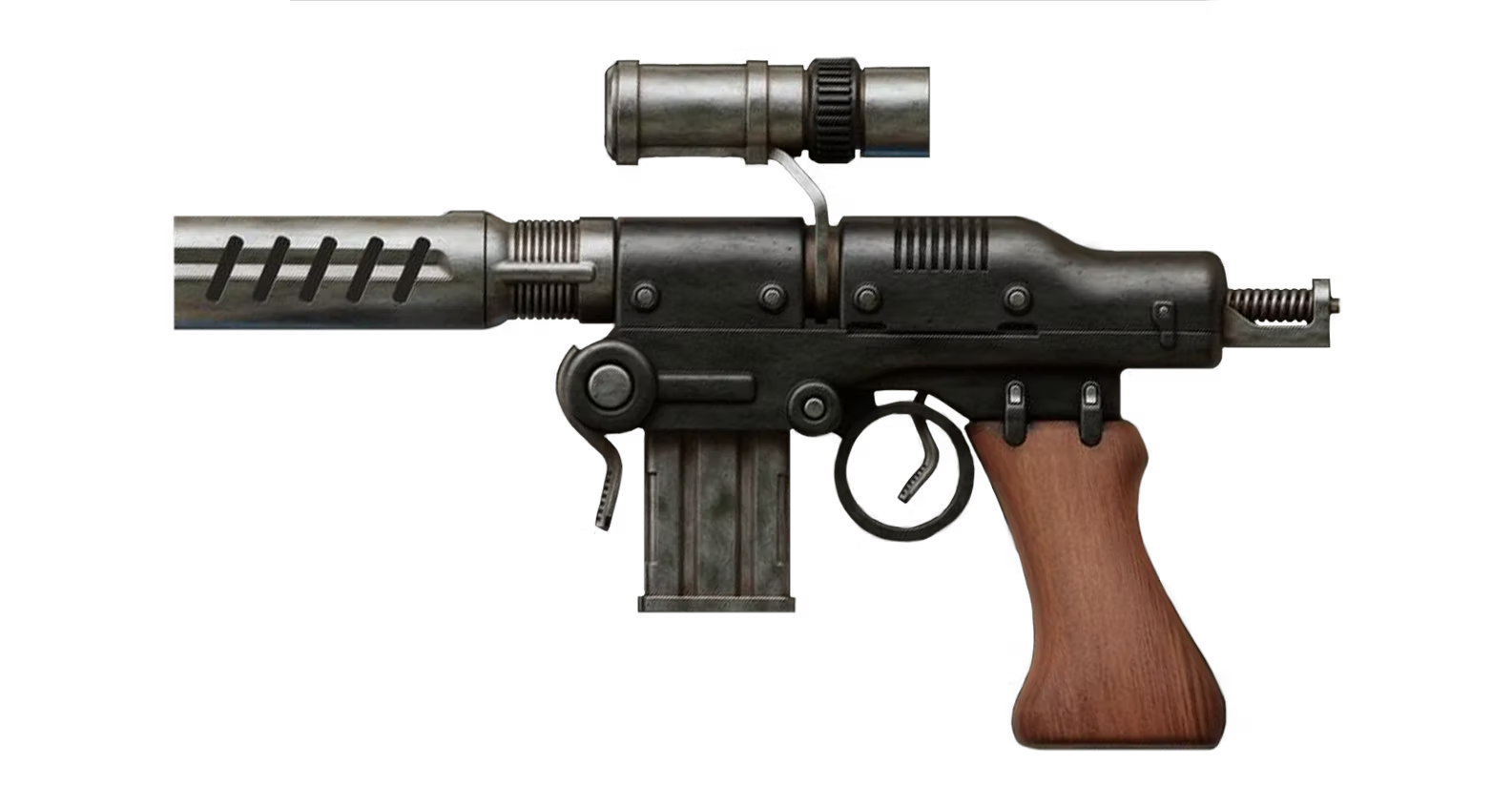
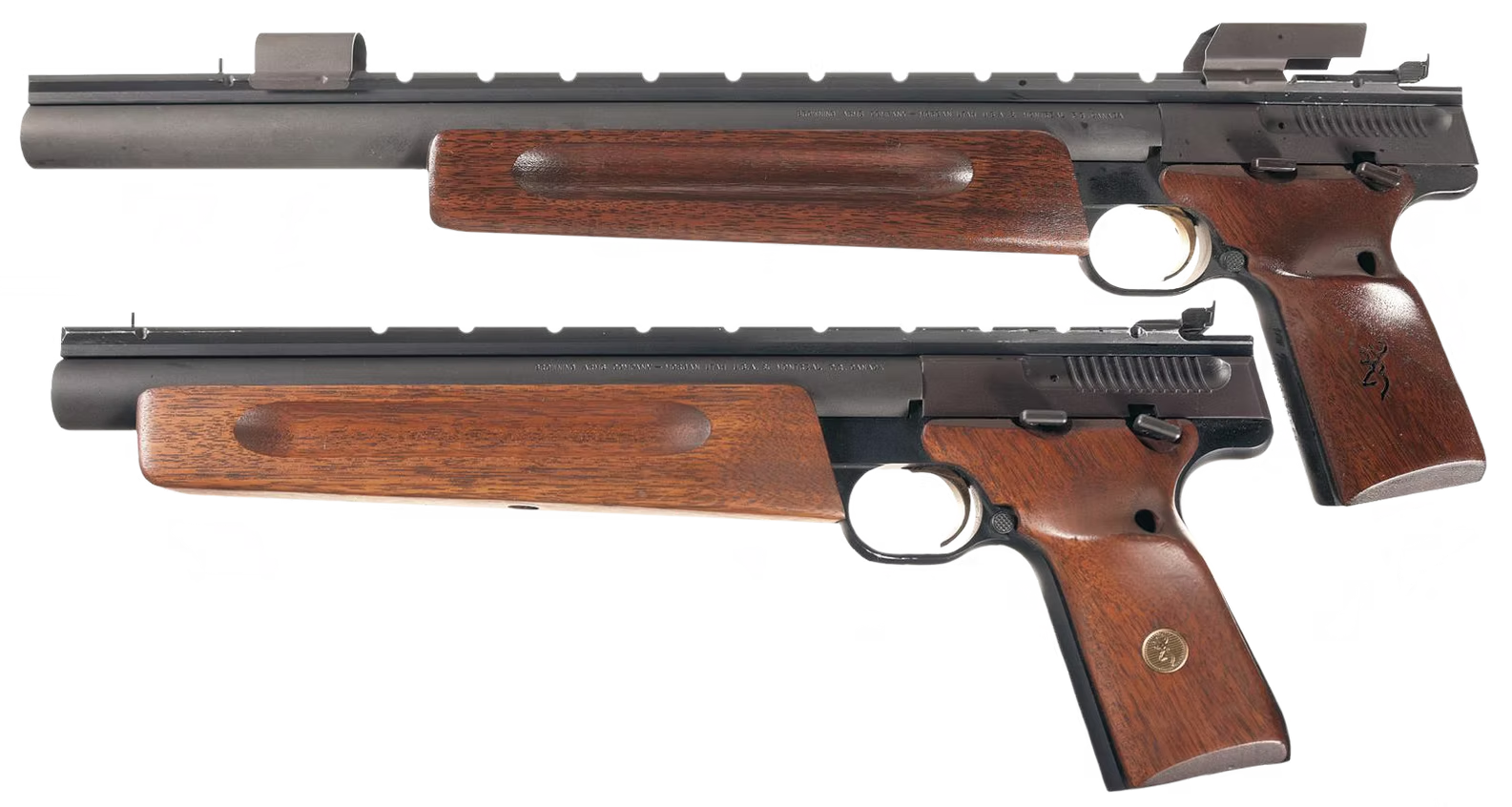
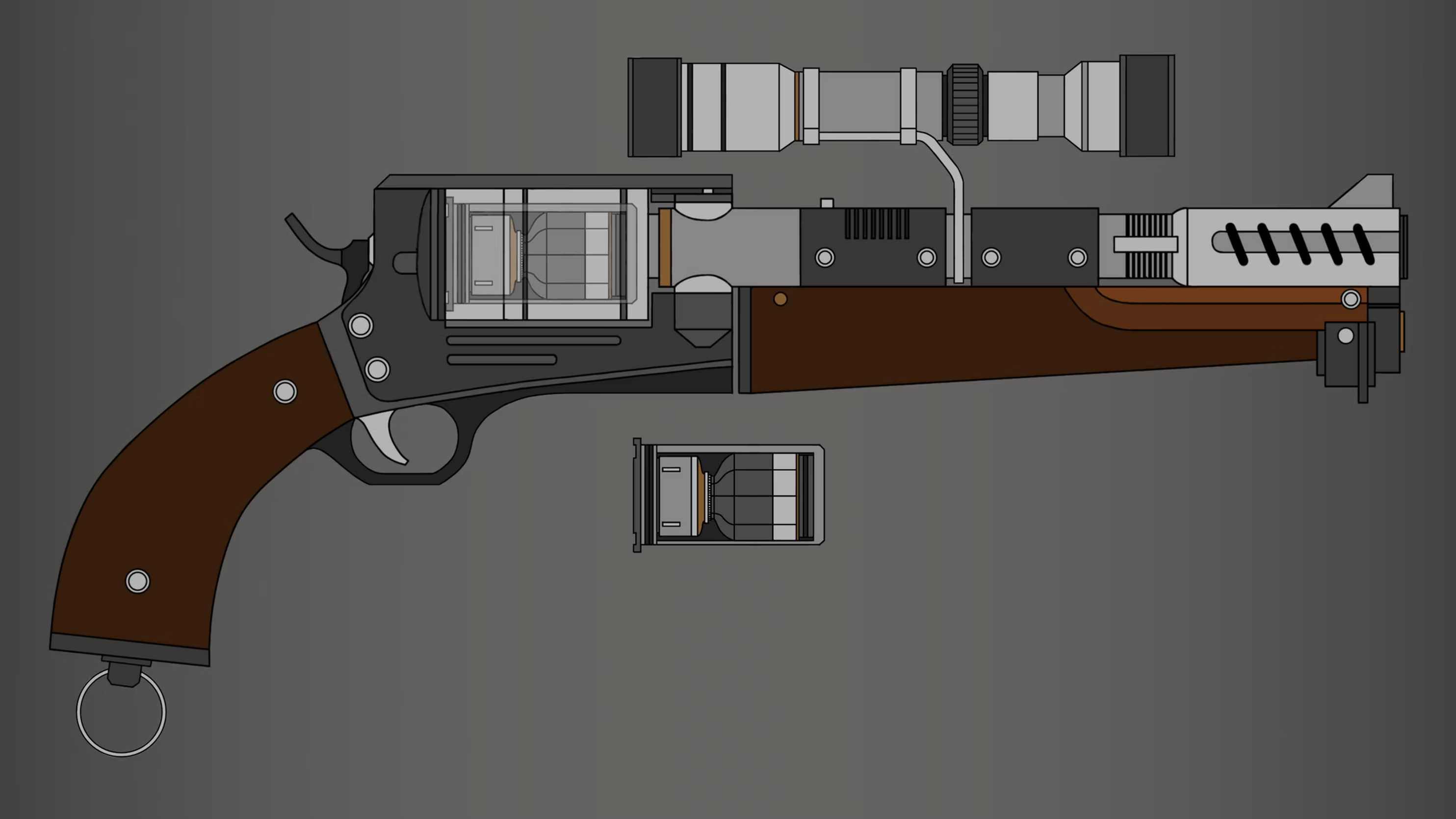
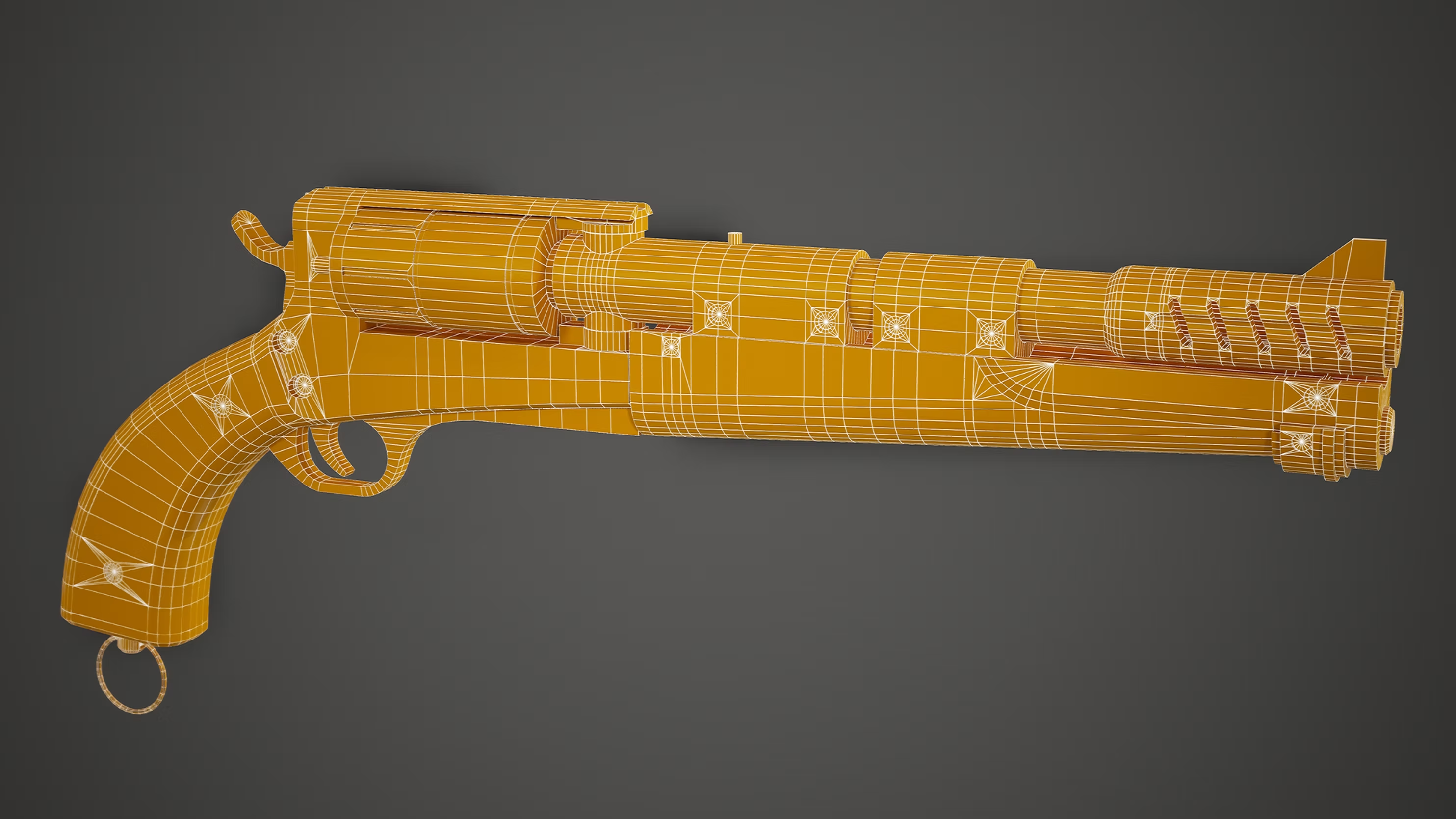
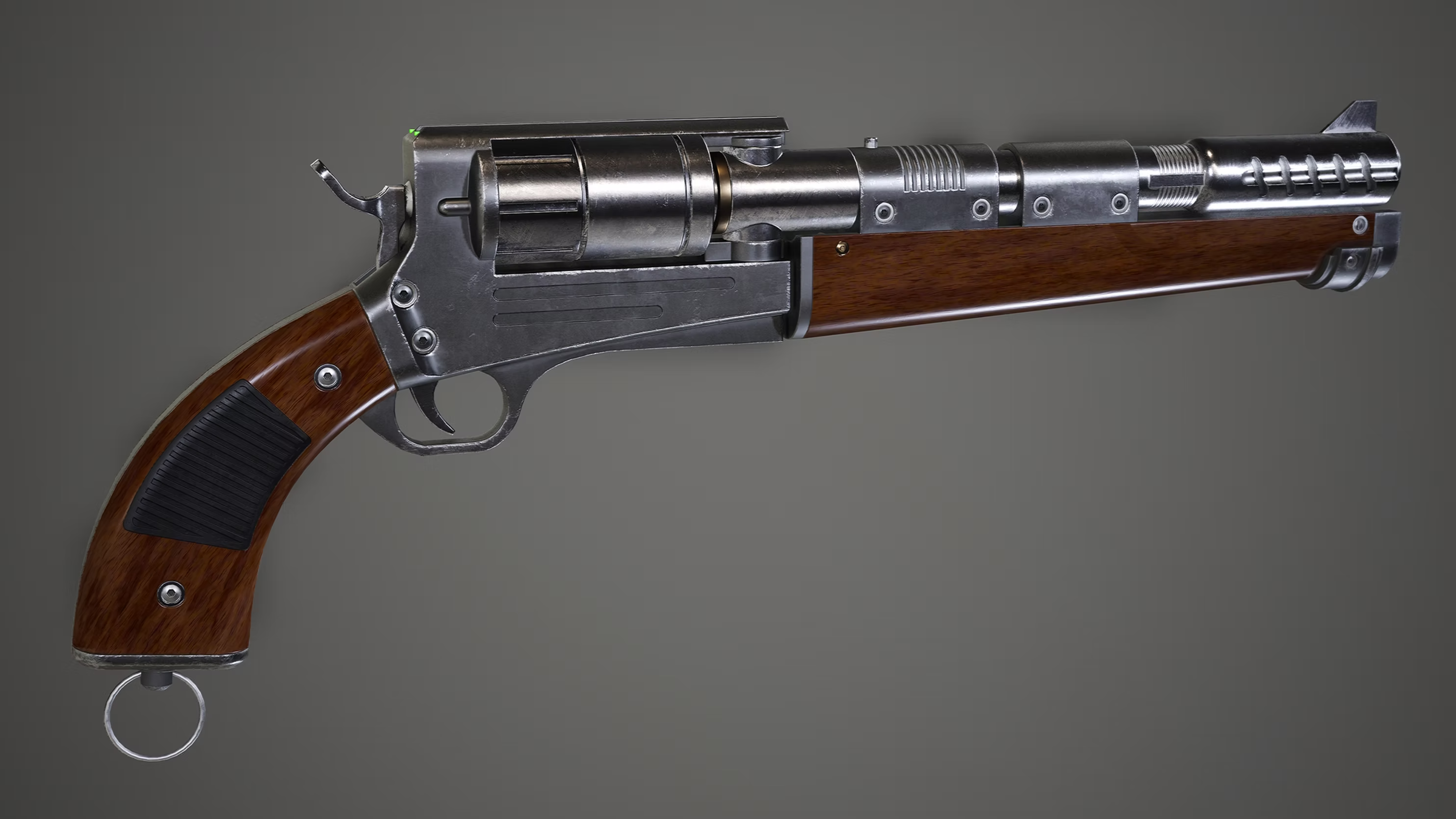
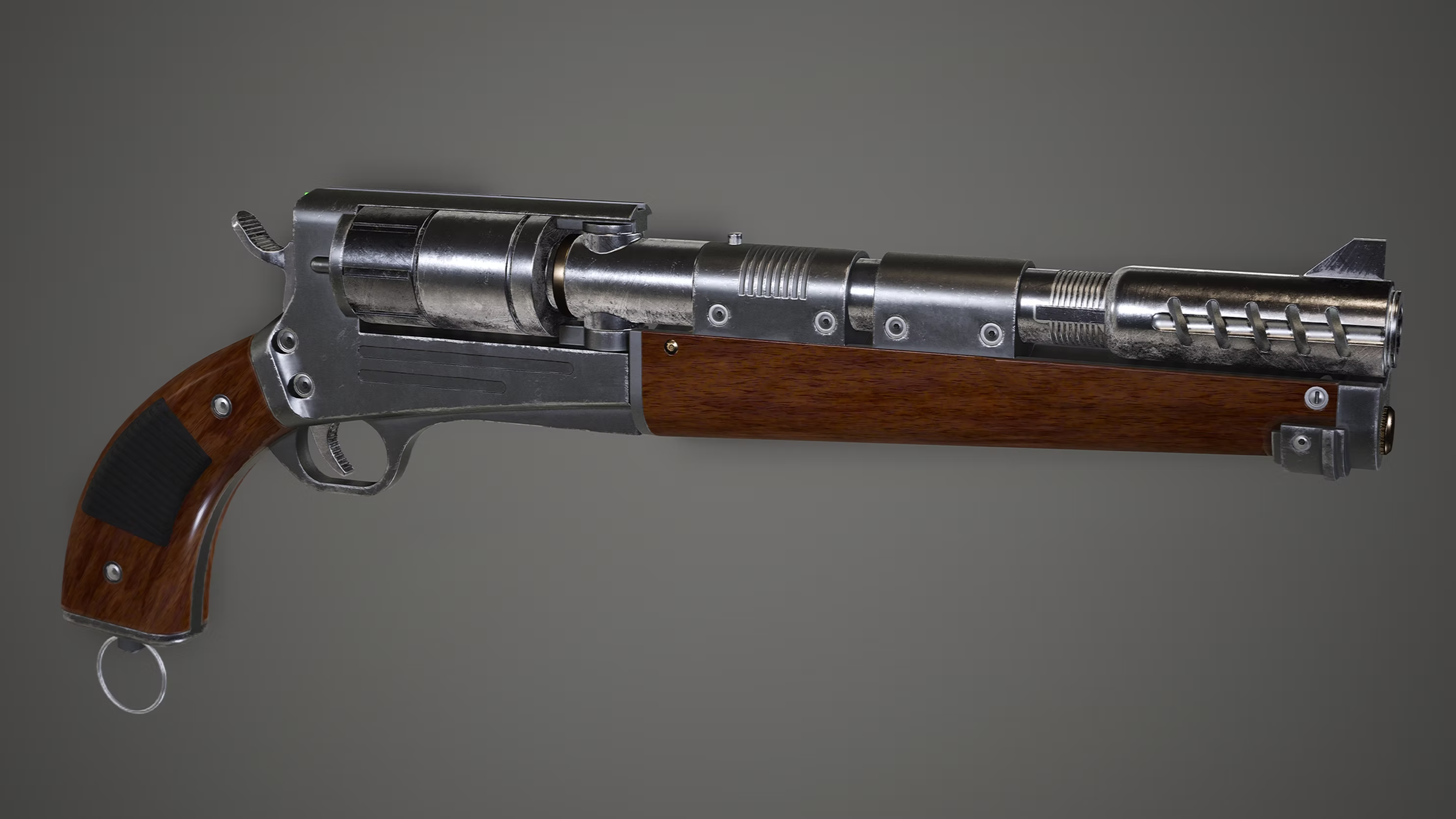
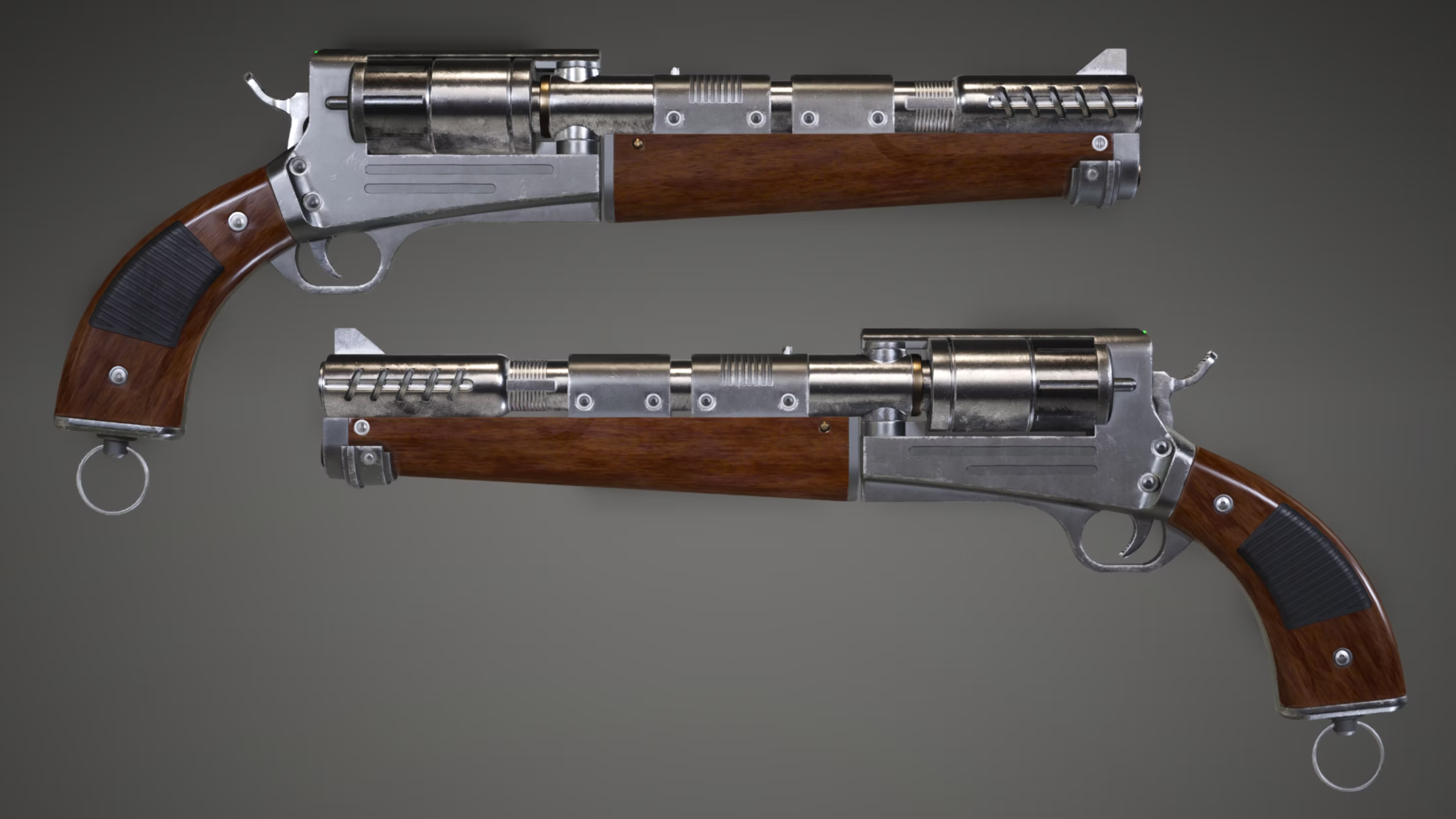
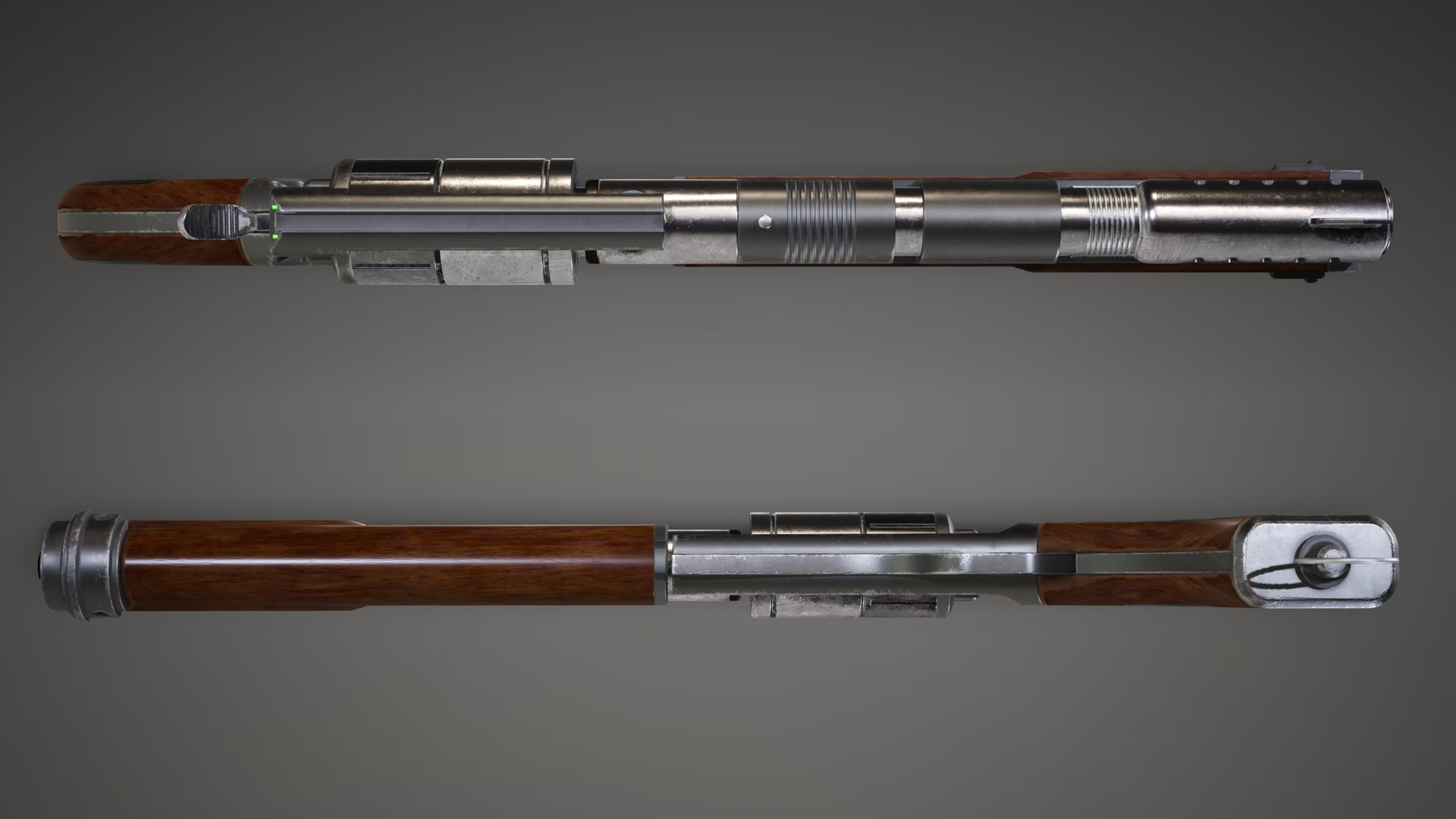

![[TONY TSENG] EXPLOSIVE KNIFE](https://static.wixstatic.com/media/d1de24_96cbf2c2adff4517a399fa2746177da2~mv2.png/v1/fill/w_980,h_551,al_c,q_90,usm_0.66_1.00_0.01,enc_avif,quality_auto/d1de24_96cbf2c2adff4517a399fa2746177da2~mv2.png)

Comments